Why Collaboration, Not Competition, Is the Key to Solving Plastic Waste
The plastic waste crisis is one of the most pressing environmental challenges of our time. But more than an ecological concern, it is a systemic issue rooted in global supply chains, consumer behavior, and waste infrastructure gaps. Despite growing sustainability pledges by businesses, fragmented actions have often resulted in inefficiencies and slow progress.
In reality, no single company, sector, or government can tackle plastic pollution alone. If we are to transition towards a circular economy and significantly reduce plastic leakage into the environment, collaboration—not competition—must be at the heart of the solution.
A Complex Problem Needs a Unified Response
Plastic waste transcends geographic boundaries. Products may be designed in one region, consumed in another, and improperly discarded in yet another. This makes the issue both global and local, demanding synchronized efforts across industries, governments, and communities.
While competition has fueled innovation, it has also led to isolated solutions. True progress requires breaking down silos and building shared systems and strategies that work at scale.
Five Reasons Why Collaboration Is Critical
1. Plastic Waste Ignores Borders
Plastic pollution doesn’t stop at municipal or national lines. It flows across rivers, coastlines, and oceans. A piecemeal approach cannot address such a pervasive issue. Cross-border and cross-sector partnerships are essential to build adaptable, region-specific waste management systems.
2. Pooling Infrastructure and Investment
Setting up efficient systems for waste collection, sorting, and recycling involves significant costs. Collaborative models—such as shared Material Recovery Facilities (MRFs) or public-private partnerships—help pool financial and operational resources. This ensures scalability and long-term sustainability.
3. Complying with EPR Regulations
Many countries, including India, have enforced Extended Producer Responsibility (EPR), requiring brands to manage post-consumer plastic waste. Collective action through Producer Responsibility Organizations (PROs) and industry platforms streamlines compliance and enhances impact, especially in underserved regions.
4. Fostering Innovation Through Shared Knowledge
Openness among businesses, NGOs, recyclers, and startups drives innovation. Sharing data, technology, and case studies accelerates the development of alternatives to single-use plastics, enhances traceability, and improves circular business models. Open innovation outpaces closed-door competition.
5. Unified Consumer Engagement
Behavioral change is crucial to any waste solution. Coordinated campaigns from multiple stakeholders send a consistent, trusted message. From segregation at source to plastic take-back schemes, unified awareness efforts resonate deeper with communities than isolated initiatives.
Examples of Effective Collaboration
• Global Alliances
Organizations like the Alliance to End Plastic Waste unite brands, recyclers, and innovators to co-develop and scale waste reduction projects globally.
• Joint Material Recovery Facilities
Cities, corporates, and NGOs are partnering to operate shared MRFs that sort and process plastic waste efficiently—reducing cost duplication and improving resource recovery.
• EPR Collaboratives
Brands are forming sector-specific EPR groups to fulfill compliance mandates through accredited PROs, shared collection logistics, and coordinated tracking systems.
Inclusion Beyond Formal Partnerships
Collaboration must also extend beyond boardrooms. In countries like India, informal waste pickers are crucial players in plastic recovery. Engaging and integrating them into formal systems enhances both social equity and environmental outcomes.
Internally, companies need alignment across departments—from procurement to product design—to create packaging that is recyclable and systems that are circular from the start.
Shifting the Mindset
Sustainability should no longer be seen as a competitive edge to guard. Instead, it must be recognized as a shared responsibility. Brands, governments, startups, and consumers must work hand-in-hand to co-create systems that benefit the environment, communities, and future generations.
Conclusion
Plastic pollution cannot be solved in silos. Real impact demands collective action, mutual trust, and shared infrastructure. As businesses face mounting regulatory pressure and consumer expectations, embracing collaboration is not just a strategy—it is a necessity.
Let’s move beyond isolated efforts and build a future where plastic is part of a circular system, not a linear problem. Together, we can shift from intention to action, from fragmentation to unity, and from waste to value.


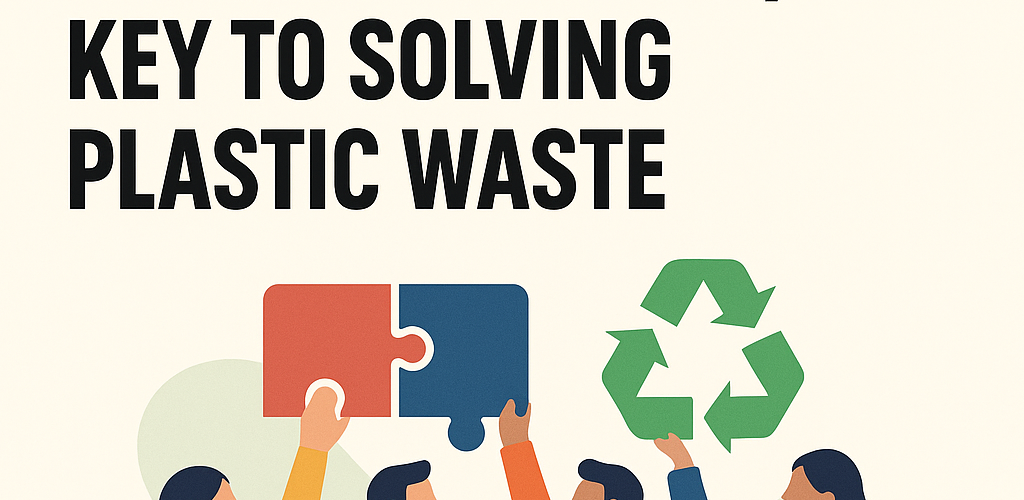



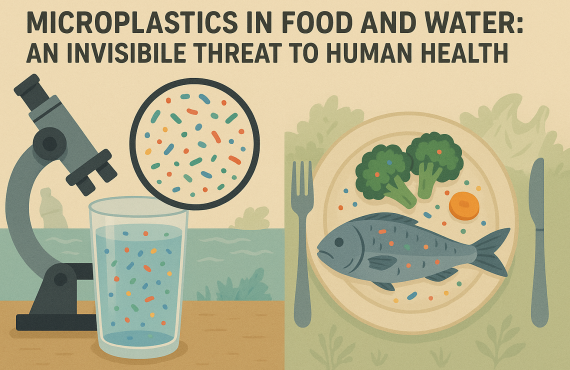


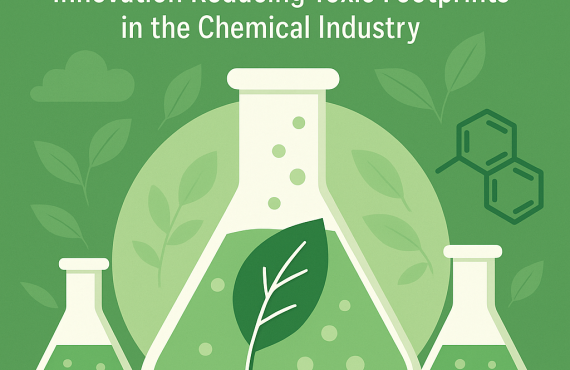


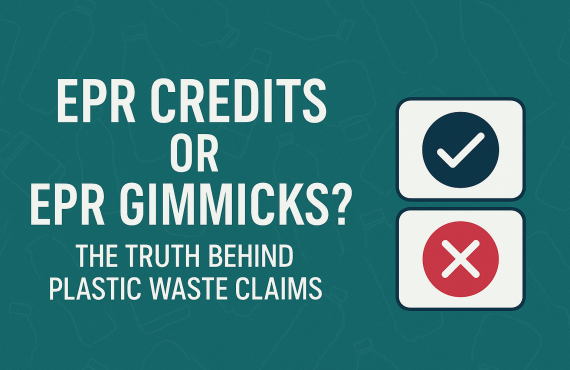
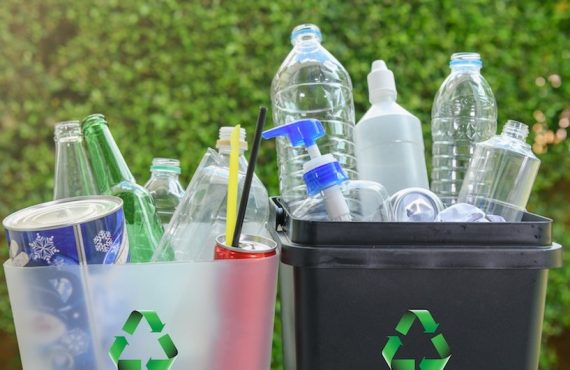
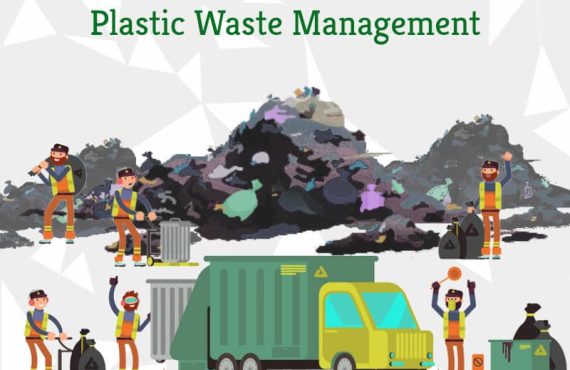
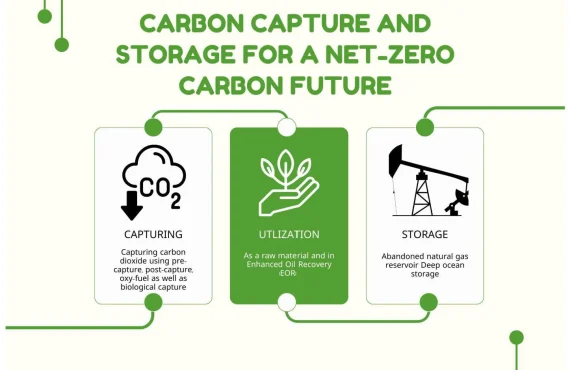
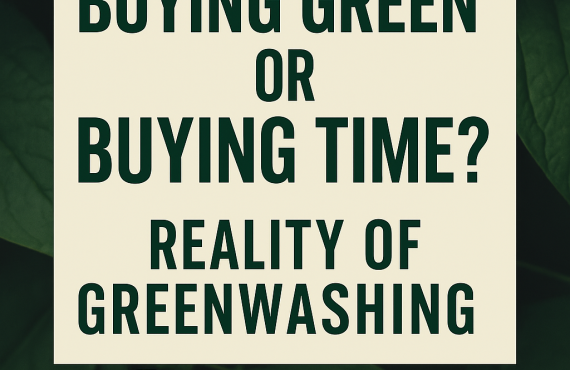

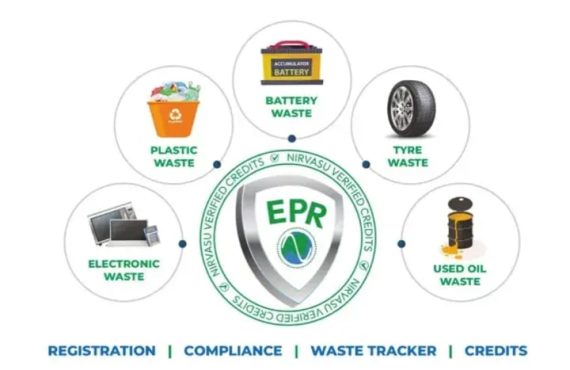
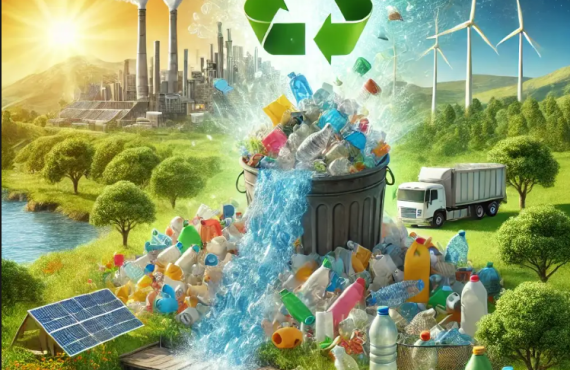
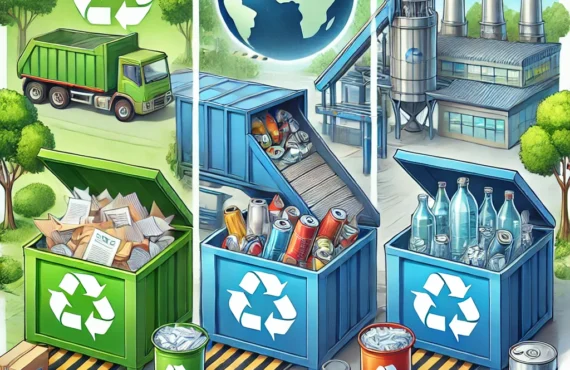
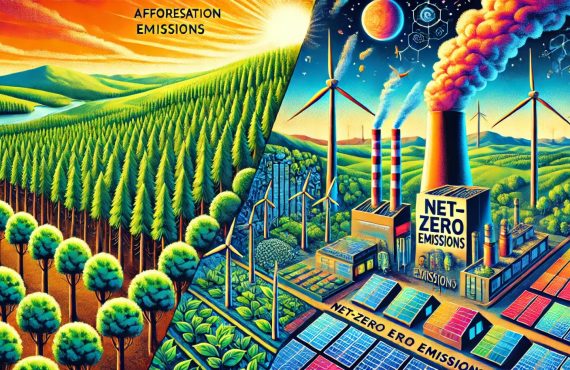
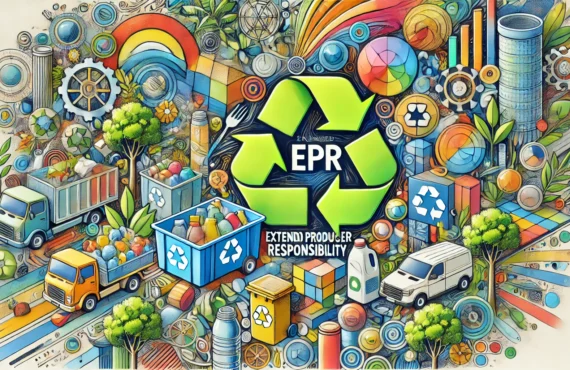
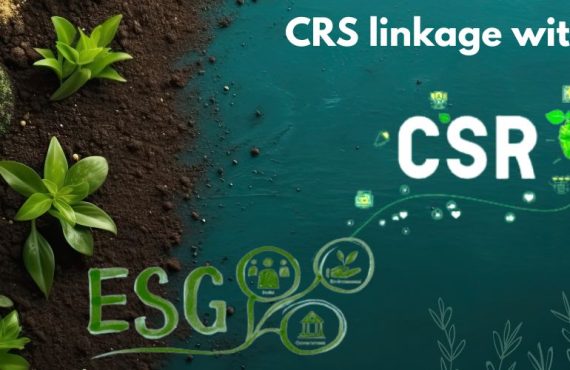
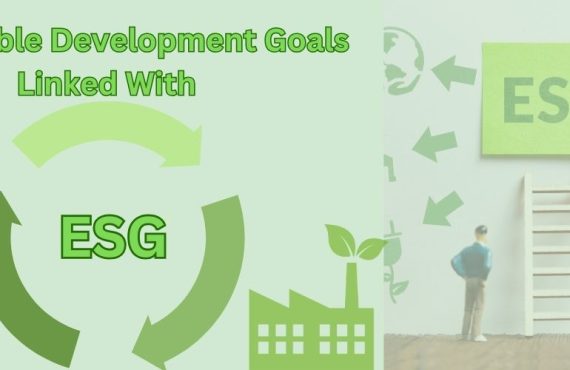
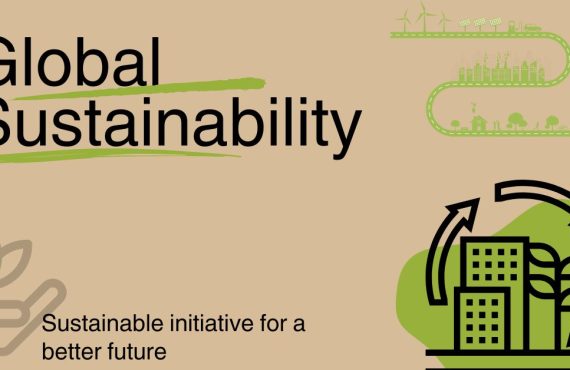
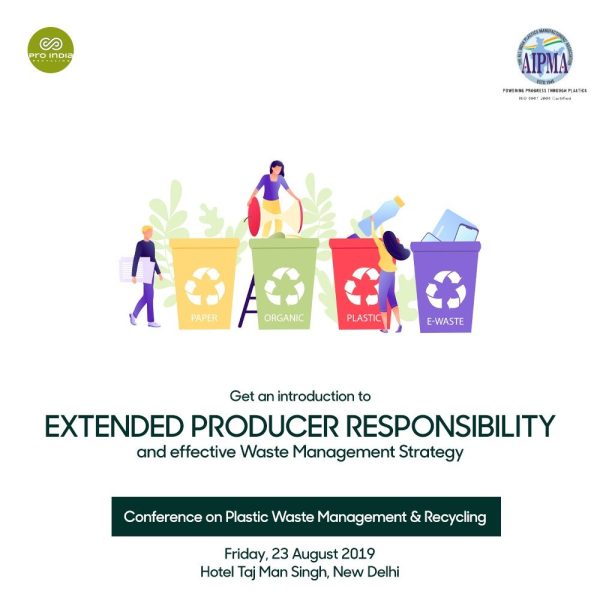
No comments yet.